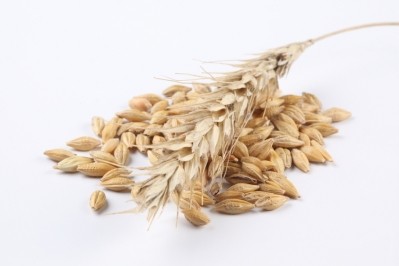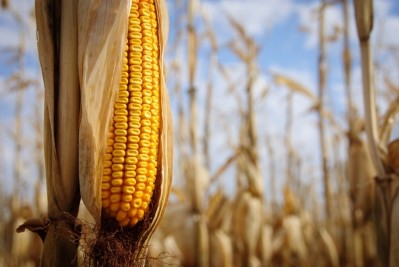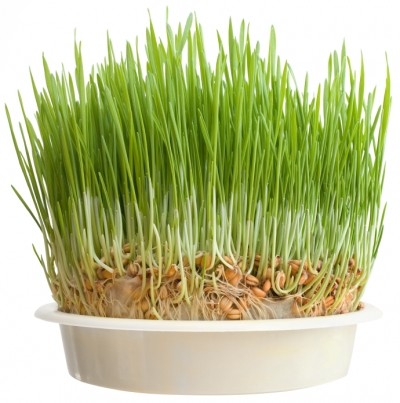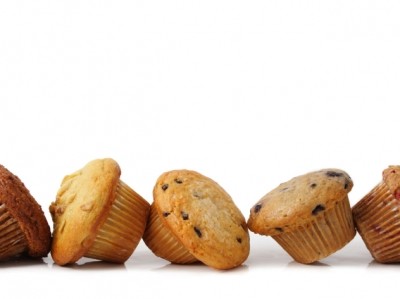Fortification: Naturally selecting nutritional corn
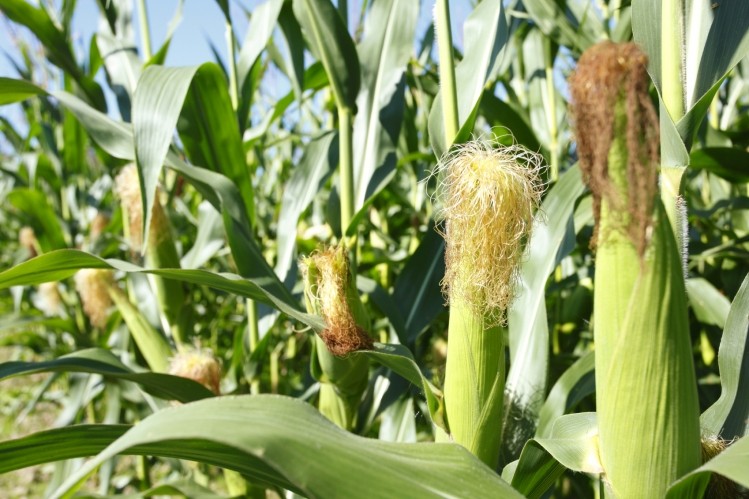
Researchers at Purdue University in the US have identified a set of genes that could be used to naturally fortify corn kernels with provitamin A to reduce deficiencies in developing countries and macular degeneration, which causes blindness in the elderly.
Lead scientist, professor Torbert Rocheford told Milling & Grains that identifying the genes controling carotenoid levels in corn will provide plant breeders with the tools to develop novel biofortifed varieties for Africa and the US.
“We can now select the best most desirable alleles of the genes using modern genomic technologies – and without using genetically modified or transgenic techniques. This will open up all sorts of possibilities,” he said.
“The darker orange color of this corn also makes them more culturally acceptable to consumers in African countries where yellow corn is generally fed only to animals.”
Matter of life & death
Orange corn contains the highest level of carotenoids, Rocheford explained, followed by yellow and white corn (with negligible amounts of carotenoids). It is the white variety that is predominant in sub-Saharan Africa, where it is a major staple food in many countries.
“Approximately 250,000 – 500,000 children go blind each year due to vitamin A deficiency, and half of them die within one year of going blind. The greatest benefit is therefore clearly to the developing world, as it can be a matter of life and death, vision and blindness,” he said.
“However, there are indications that the US population may be deficient in xanthophylls (carotenes), and this may contribute to higher levels of macular degeneration, so there are possible general benefits here as well.”
Gene selection
Using statistical analysis, prediction modeling and high performance liquid chromatography the researchers were able to pin down the gene DNA responsible for carotenoids and the crops’ orange colour.
They also discovered four genes not previously linked to carotenoid levels.
"This allows us to begin developing a major public-private sector collaboration to provide orange corn with high levels of provitamin A to farmers throughout Sub-Saharan Africa," said Rocheford.
He added that the gene selection process is primarily designed to convert nutritionally poor white and yellow corn into biofortified orange corn high in provitamin A carotenoids - which the body converts into vitamin A.
Reducing degradation
Fortifying corn kernels will also have the dual role of reducing post-harvest degradation of provitamin A.
“Corn is a very productive crop in terms of yields and it can be easily stored and transported . However, post-harvest provitamin A degradation is high with losses of around 40-60% in four to six months,” explained Rocheford.
While this type of degradation is less of an issue in Africa, it does affect other corn producing countries, such as Thailand, China, northern Argentina and Uruguay, as well as the US corn belt.
“The early orange corn had higher levels of proVitamin A than corn typically grown in the Corn Belt now. The current target is 15 micrograms per gram (ug/g), this allows for some degradation. For example, if you have corn at 25 ug/g and you have 40% degradation in 4-6 months, levels will still reach the minimum target of 15,” he said.
“The target is designed to provide ½ of the required daily vitamin A intake by eating a certain amount of corn, and in some places they do not have other sources of vitamin A. The long-term goal is to get levels up to 50ug/g.”
